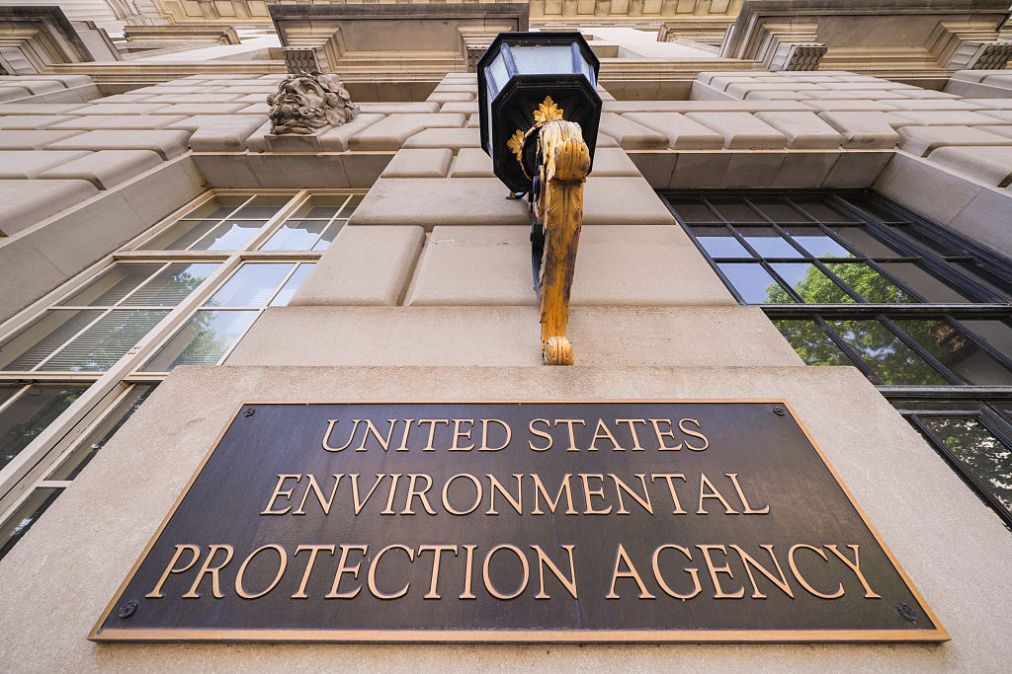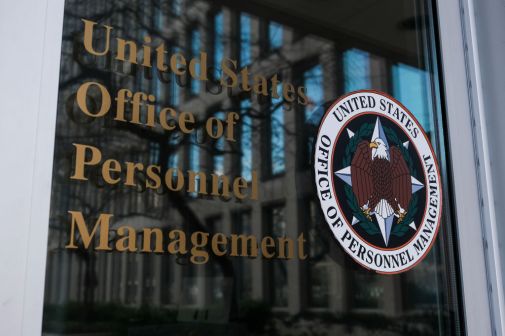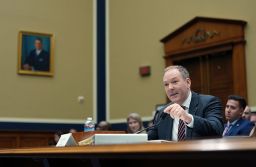EPA IT chief’s warning: AI can’t be used ‘to solve any problem’

Like most of its government peers, the Environmental Protection Agency has embraced artificial intelligence and filled its federally required inventory with more than a dozen use cases. But the emerging technology shouldn’t be mistaken for a cure-all, the agency’s new IT chief warned Tuesday.
Carter Farmer, who took over as the EPA’s chief information officer in May after seven-plus years in IT systems roles at the U.S. Institute of Peace, said during a FedInsider webinar that he’s observed a tendency in organizations to “jump straight” to AI to “solve any problem.”
“They just jump in there without asking the right questions first,” Farmer said. “Many times, the solution or the problem you’re trying to solve doesn’t need AI.”
Looking for quick fixes via AI without interrogating the plusses and minuses first “can actually slow the process down,” he added, especially if tech leaders have overlooked a more straightforward — and cheaper — way to attack the problem.
“If you don’t ask those questions up front, you can go down a road pretty far and … [then have to] reverse and go back and figure out where you should have gone down first,” Farmer said.
The EPA CIO’s comments on “hyped up” technologies come at a time when the Trump administration is pushing agencies to largely continue the Biden White House’s AI use case reporting protocols, albeit with some key differences.
In an Office of Management and Budget document released last week, the administration detailed an AI reporting process that requires agencies to provide much of the same information called for in rescinded Biden-era guidance, but also eliminates a handful of data collection categories and pares down others, including some involving risk management practices.
The new OMB AI guidance wasn’t covered during Tuesday’s webinar, but Farmer spoke at length about the need for agency IT leaders to treat data as “the backbone of what we do when we build systems.”
“The most critical part of this whole situation, especially when using AI and a lot of advanced technology, is you need to document how the data was used to define [an] outcome, and it’s got to be repeated,” Farmer said. “Someone’s got to be able to take that data, follow your methodology, and come to the same conclusion.”
For the EPA, following the data goes hand-in-hand with “finding the actual best use cases where AI can be best applied,” Farmer noted. He shared an example of the agency’s use of AI to categorize and summarize public comments on proposed rulemaking.
The EPA has historically used contractors to sift through the hundreds of thousands of comments often submitted to the agency, Farmer said, amounting to a monthslong process. But with the development of an in-house tool that leverages AI, the agency will be able to plug comments from regulations.gov into a system that delivers synthesized information to an EPA employee who can quickly review and interpret the results.
“It provides opportunity to significantly improve our processes … while still remaining transparent to the public,” Farmer said. “Having a human in the process … is very important, and also being transparent to the public is just as important.”
Farmer said he’s looking down the road to agentic AI while keeping in mind the “hive mind” mentality that can take hold when dealing with new technologies. And as a newcomer to the EPA and the CIO role, he’s still focused on longheld, data-centered IT priorities and how they align with his overarching transparency goals.
“Many times people think that modernization is going to lead to less transparency,” he said, “when in real-world processes and outcomes, you actually see more transparency and the ability to actually give you more data back than you ever had before.”






